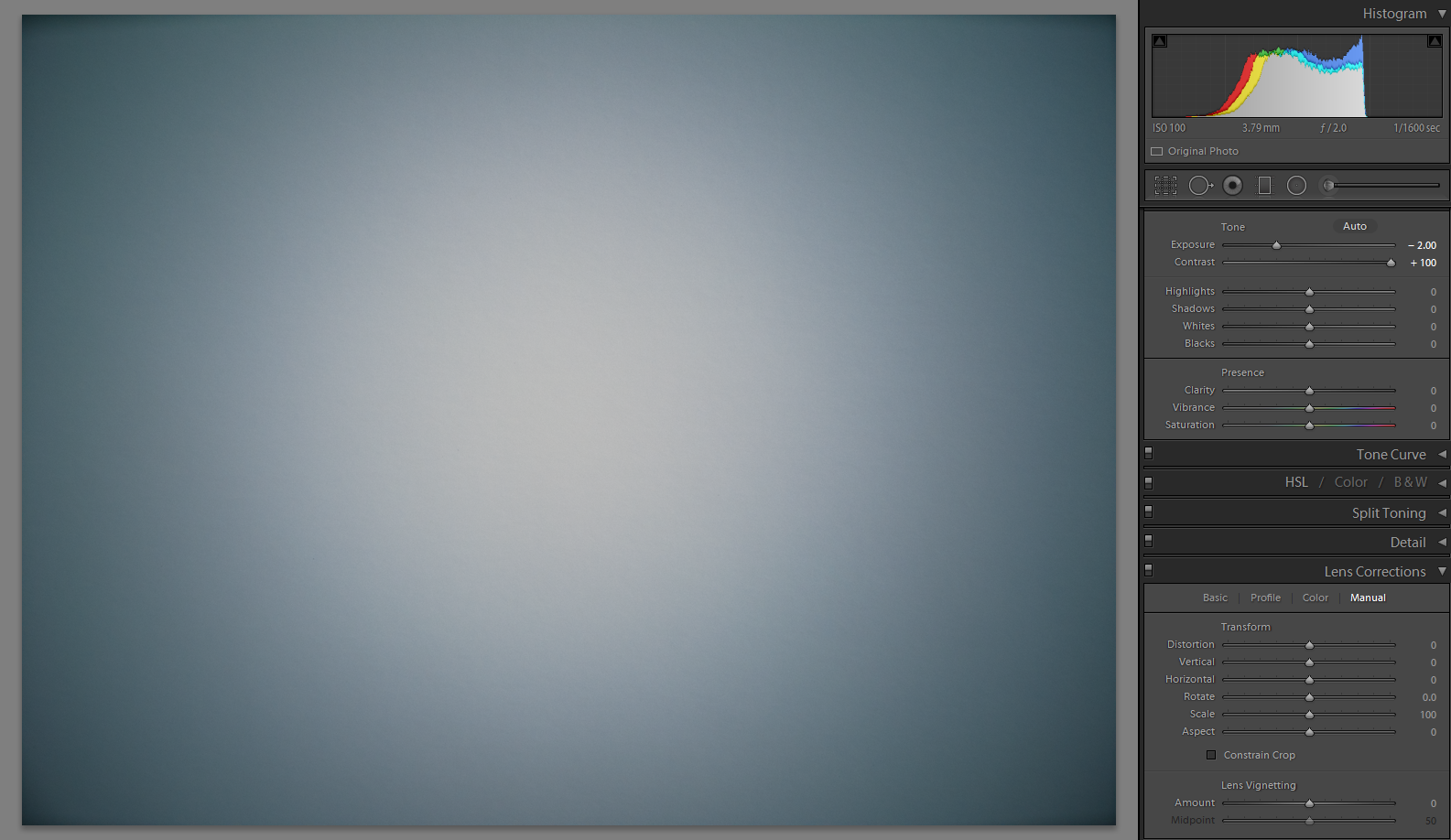No automatic metering nor white balance is gonna provide perfect result in every situation.
I don't think +Tom's Guide calling this "a big problem" is particularly fair in this article.
Their video demonstration of white balance shifting when the scene changes (hand introduced and removed from the scene) is at best inconclusive, that's pretty much the expected behavior.
If you want to know the reason why fixed or manual white balance is sometimes required, well that's it 🙂
Maybe the white balance adjustment could be slower, which would make it less apparent, but that would reduce its efficiency in other scenes with mixed lighting conditions.
Also, this sentence shows the author doesn't get how automatic white balance works, by stating the exact opposite of the reality:
In reviewing some of our test photos, Apple representatives said that the colors may have shifted as the result of changing content in different photos. But that's not how white balance works. It takes account of the color of light falling on the subjects, not on the assortment of subjects in a photo
Everything an AWB algorithm has to work with is the raw pixels values from the sensor, and some knowledge of what was going on before.
It doesn't know anything about light sources, weather conditions, light reflections.
Lastly, I don't understand why they qualify this other example as a problem while the iPhone 6 has onece again the expected behavior: exposing for the faces first when there's people, and preserving highlight to avoid blowing out the scene otherwise:
http://media.bestofmicro.com/H/S/455536/gallery/sean-mike_ip6Plus_w_600.png
which brings much better results than their reference on metering, a Galaxy S5: http://media.bestofmicro.com/H/R/455535/original/sean-mike_gs5.png
However I agree that the S5 auto white balance gets better results but keeping in mind both get a result that's far too blue overall when exposing for the faces.
I'm all for reporting image quality issues, but it works better with reasonable expectations and proper understanding on how things work, especially when trying to explain that to readers.
Via +Amon RA
#supercurioBlog #color #camera

The iPhone 6 Camera Has a Big Problem: iOS 8
Source post on Google+

